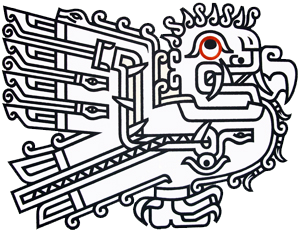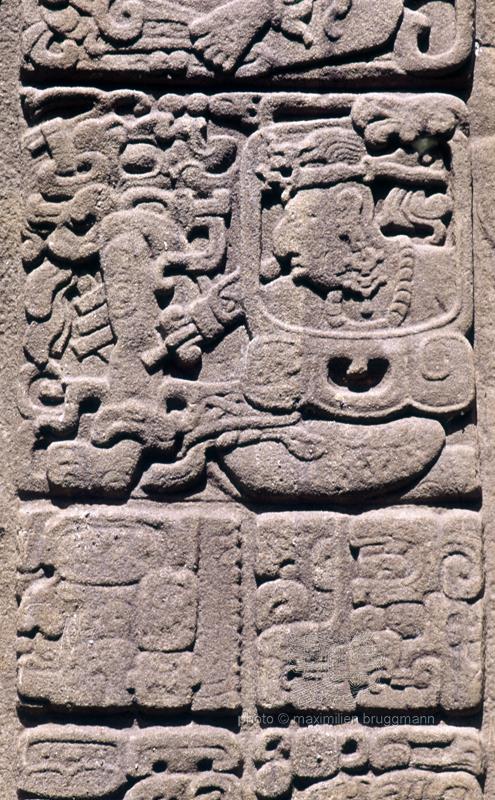Description
Detail of a stone stele from the Maya site of Quiriguá in Guatemala. This remains are believed to date back to 766 AD. Most of the monuments left by the Maya are covered with figures and hieroglyphs that have long attracted the attention of archaeologists. This is the case of the stelae that are often found in large numbers in most of the pre-Columbian sites in Guatemala, Mexico and Honduras. These engravings, executed with remarkable mastery, represent characters as well as mythological animals, often accompanied by symbolic signs representing the days of the year. An ingenious system of dots and lines illustrates the numbering system invented by the pre-Columbian peoples of Central America. - 1977





